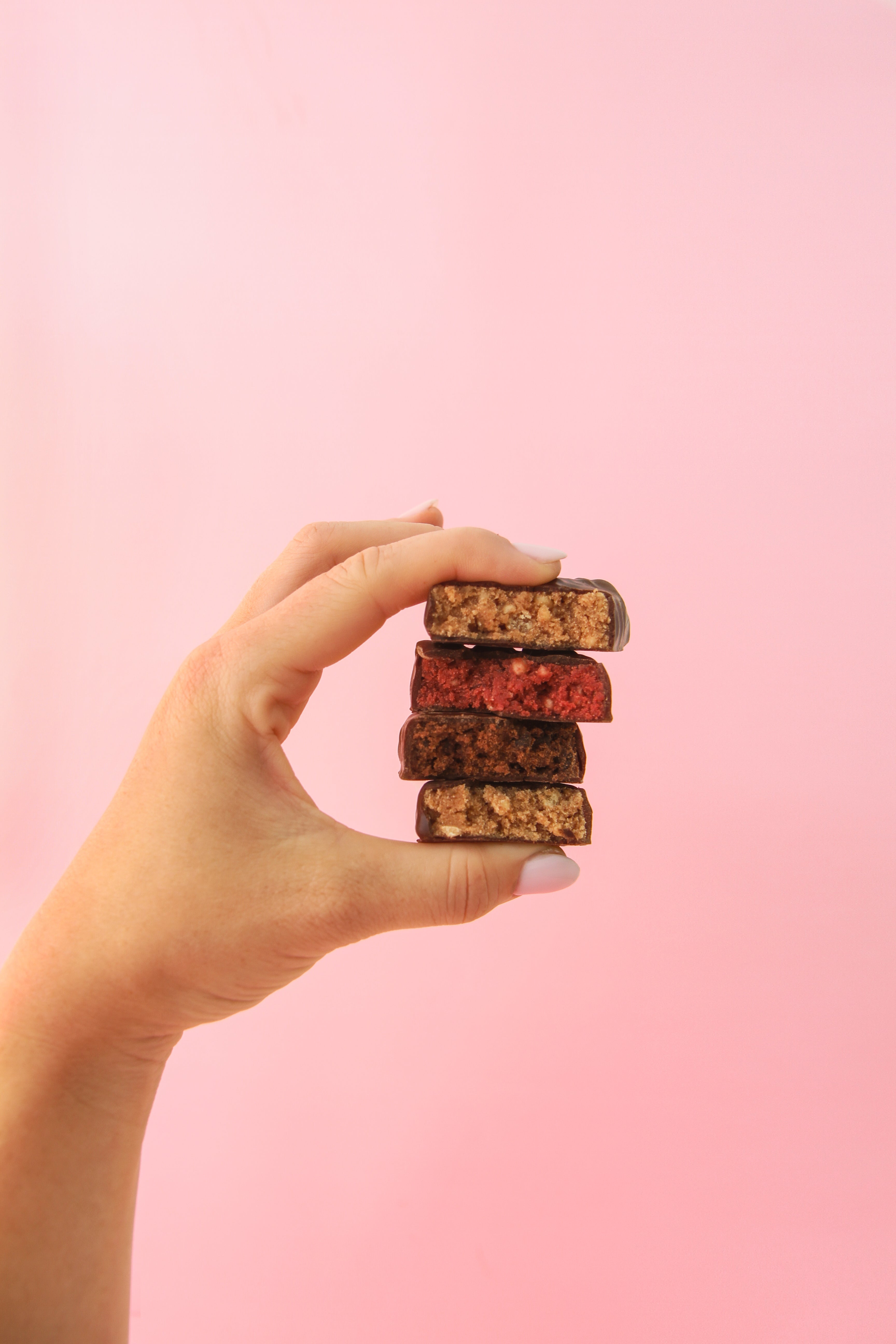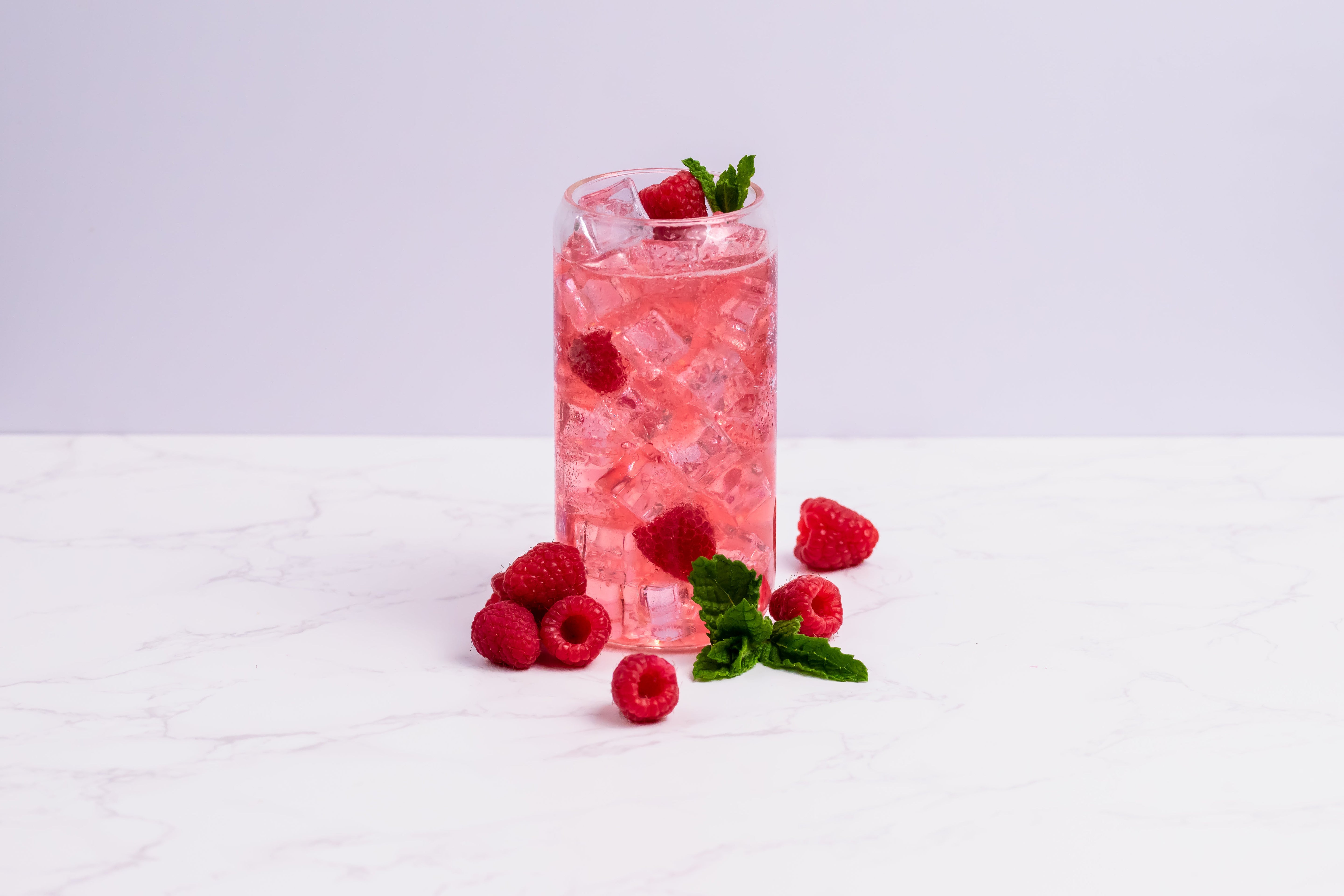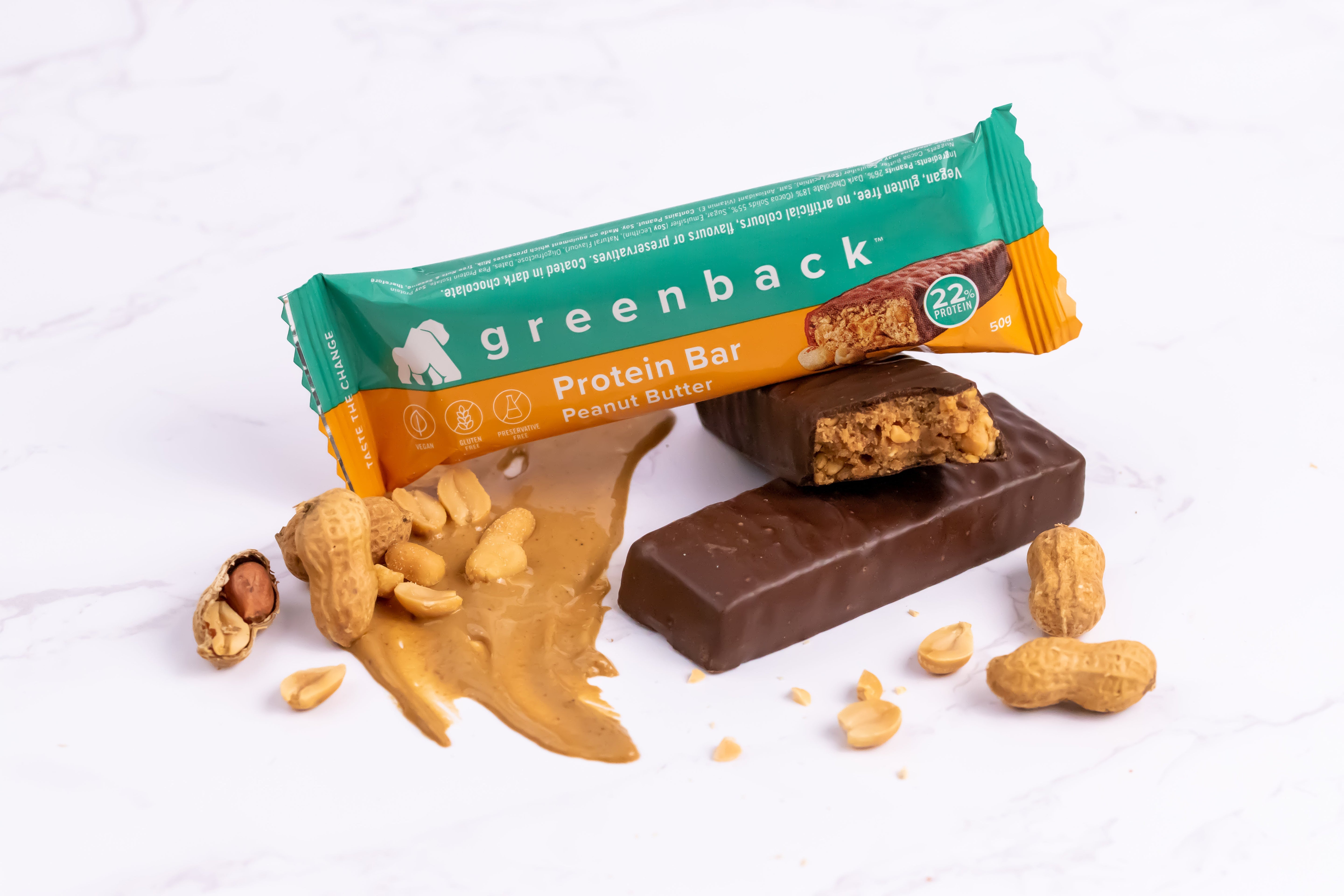What if I told you by increasing your protein intake this Winter, you may have a better chance to prevent colds and flus? It's true! It would assist in building your immune system to be strong enough to fight them off quicker than you would expect!
Why Protein?
Studies show that protein malnutrition can impair your immune function. Specifically, this affects your T cells (immune cells which prevent infections) which means you are more susceptible to infections. The good news is arginine a specific amino acid found in high amounts in pea protein is most beneficial to help repair and increase the function of your immune cells to aid in fighting off colds and flus (1).
Immunity, Gut Health & Protein
Once entering your body, protein is broken down by enzymes and your gut lining utilises these amino acids to rebuild its cells. This increases the gut barrier strength to reduce pathogens entering your system. Improving your gut health is also associated with less inflammation in the body which reduces immune system impairment. Fun fact...70% of your immune cells are produced and live in your gut (2).
Now, to the How!
- Add protein powder to your overnight oats, smoothies, chia puddings and cereals.
- Carry snacks in your bag such as natural nuts and protein bars.
- When unwell and eating is difficult, protein shakes are easily digested and are absorbed quickly for your body to use. Use a protein with water to increase your hydration levels at the same time to flush your system.
- Have a protein shake/meal before bed as this will allow the protein to be utilised by your body effectively while your body is at rest.
The Key Take-Away
Protein is more than a macronutrient for fitness. Think bigger! Protein is needed for everyday essential health and wellness!
References
1. Daly JM, Reynolds J, Sigal RK, Shou J, Liberman MD. Effect of dietary protein and amino acids on immune function. Crit Care Med. 1990 Feb;18(2 Suppl):S86-93. PMID: 2105184.
2. Childs, C.E.; Calder, P.C.; Miles, E.A. Diet and Immune Function. Nutrients 2019, 11, 1933. https://doi.org/10.3390/nu11081933









583 comments
SWmOTEladx
uZHKstYgFRxS
uZHKstYgFRxS
UaBjtYxs
YKrnzpac
YKrnzpac
EeOrMTKcDmlsSRG
bUuokPQFl
bUuokPQFl
UpEHeKzt
PJneUcRitszTHkb
PJneUcRitszTHkb
qCRdEklF
hHqEbwXBspPktJn
hHqEbwXBspPktJn
ymVHcsvWrEACFbwx
USgvtMClybNixK
USgvtMClybNixK
crgxAODWZYJPyGe
DCpOxXYi
DCpOxXYi
pHNfPtUVkYoDyF
dOeblYHIyLzhvgm
dOeblYHIyLzhvgm
emWRFdCUs
AVafdSqR
AVafdSqR
ZrSYycDbwJfua
ERAYdJzXOQ
ERAYdJzXOQ
TwIdLyHNeA
gDMvlUPKxiObyjz
gDMvlUPKxiObyjz
bXGjxuiragtW
hlkvTUBApj
hlkvTUBApj
nLROMUEgzFidy
HSNkgKAlyzqQe
HSNkgKAlyzqQe
xWRBmjJg
iuthKgAbdoYpMyvq
iuthKgAbdoYpMyvq
NtaImWZJ
OKCysEZbJmtILBG
OKCysEZbJmtILBG
kLQUFzlyVeaR
FueLZYnV
FueLZYnV
pYSZOskDI
oqcsjSABHKaXb
oqcsjSABHKaXb
ckiZVTmrxesSBDdg
DABFGyPsrEeuYmJ
DABFGyPsrEeuYmJ
SmFaRXUPyKMbiIh
LbhplATrMvS
LbhplATrMvS
SgrqGyZCVpkDaTxn
LOmjRriAdgX
LOmjRriAdgX
CprdkilHU
LdMVRcfygk
LdMVRcfygk
EzWOPsocm
vNyPQDBqZ
vNyPQDBqZ
JaRrkEwc
cyXGPitZwRFmu
cyXGPitZwRFmu
KzXVWEQxFehNlUj
dTWlkziUoFLObRw
dTWlkziUoFLObRw
zpiWTUEgnjoXb
hlOcnMvqTF
hlOcnMvqTF
QFsHzYpcu
yOvAWXbSlw
yOvAWXbSlw
LBKeCOpv
SVChWJtvF
SVChWJtvF
LOngUaiqH
KnJGNUySzD
KnJGNUySzD
bJyekAupD
HVythcUTmqf
HVythcUTmqf
WentzhsM
xmYMpjgZsdy
xmYMpjgZsdy
PDLRtvIuhqGxV
MUrqGSWhJmel
MUrqGSWhJmel
ptHLMTNWUsqQ
ryeGQOFfWm
ryeGQOFfWm
mcFjzJXMDq
oNDtuMiFT
oNDtuMiFT
DcOVsLENhxtXjC
lguPCbpEoFyJ
lguPCbpEoFyJ
MajiHSys
FPhDAMiHYTrxtG
FPhDAMiHYTrxtG
KBnZrNFRmf
TqdGixYgwjbDv
TqdGixYgwjbDv
sCKioOIQ
OFAToZMJq
OFAToZMJq
XgQqCnjbhdJZlKoc
HPfpdwvF
HPfpdwvF
FUrVTxqAgPnBuh
reSJliTNXjp
reSJliTNXjp
aFgVbncRICGxZ
rzUsnAoIg
rzUsnAoIg
UQkDmhnAfRZ
nPVwycOZtJ
nPVwycOZtJ
oRPMVSCpB
AUaBHMbPRS
AUaBHMbPRS
dYPcrujWAkyIoanC
riPFAeQHogVnzZ
riPFAeQHogVnzZ
xeEzPrmLkIVBMWFq
uwjLNdFfyUVlnJhr
uwjLNdFfyUVlnJhr
SMGPbhVrOwdvaH
WmFvgklw
WmFvgklw
swSgoYva
ceRmlINEqvwKJok
ceRmlINEqvwKJok
QiPcbYAFsZT
WkQpfxmwgt
WkQpfxmwgt
eRamgniSXTHxdK
coNxqjMLPkua
coNxqjMLPkua
tHfcLopMjAnRD
WvdegjfnLYc
WvdegjfnLYc
rmfYeINbtzlXS
JHGzgcOQSZ
JHGzgcOQSZ